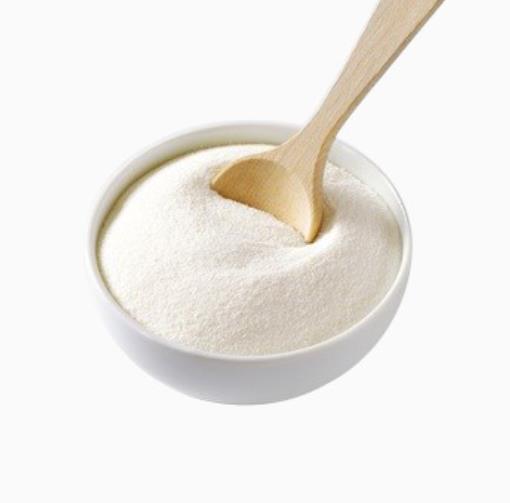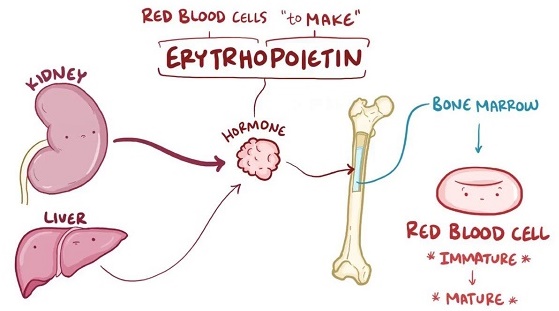Pramoxine hydrochloride: mechanism of action, clinical applications and safety
General Description
Brominated polystyrene is a versatile material known for its exceptional flame retardancy, thermal stability, electrical insulation properties, and mechanical strength. It finds applications in various industries such as electronics, construction, automotive, and textiles. BPS is used in manufacturing electronic components, insulation panels, coatings, interior automotive parts, and flame-retardant fabrics. However, safety considerations must be taken into account due to the potential toxicity of Brominated polystyrene and its environmental impact. Proper handling, storage, and disposal methods are necessary to minimize exposure and ensure worker safety. Waste management practices and compliance with regulations are crucial to mitigate risks and promote sustainability.
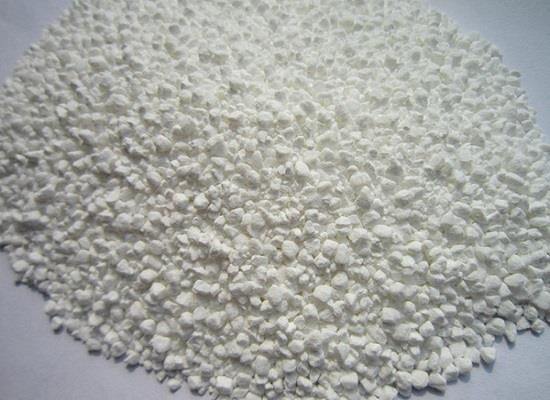
Figure 1. Brominated polystyrene
Properties
Brominated polystyrene is a highly versatile material that possesses numerous desirable properties. One of its key features is exceptional flame retardancy. The introduction of bromine atoms during the modification process enhances its ability to resist combustion, making it ideal for applications where fire safety is crucial. Additionally, BPS exhibits excellent thermal stability, allowing it to withstand high temperatures without significant degradation. This property makes it a popular choice in various industries, including electronics and automotive, where exposure to heat is common. Another advantage of Brominated polystyrene is its excellent electrical insulation properties. The material provides a high level of protection against electrical malfunctions, preventing short circuits that can compromise the long-term performance of electrical equipment. Moreover, the addition of bromine to polystyrene improves its mechanical strength and durability. BPS products are known for their resistance to impact, abrasion, and deformation, ensuring their longevity and reliability in challenging environments. In summary, Brominated polystyrene is a high-performance material that offers exceptional flame retardancy, thermal stability, electrical insulation, and mechanical strength. These properties make it an excellent choice for a wide range of applications across numerous industries, including electronics, automotive, and construction. 1
Applications
Brominated Polystyrene is a versatile material with several applications across different industries. In the electronics industry, BPS is widely used for manufacturing electronic components like connectors, switches, and sockets. Its excellent flame retardant properties ensure the safety of sensitive electronic circuits, protecting them from fire hazards. Additionally, BPS's electrical insulation capabilities contribute to the smooth performance of electronic devices. The construction industry also benefits from the use of BPS. Its flame retardant nature makes it ideal for producing insulation panels and coatings, enhancing fire safety in buildings. Moreover, BPS's thermal stability allows it to withstand high temperatures, making it suitable for heat-resistant coatings that provide additional protection. In the automotive sector, BPS is valued for its flame retardant properties and resistance to high temperatures. It is commonly employed in the production of interior components such as dashboards, armrests, and door panels. By incorporating BPS into these parts, the overall fire safety within vehicles is improved. Furthermore, BPS finds application in the textile industry for manufacturing flame-retardant fabrics. These fabrics are extensively used in various sectors, including protective clothing for firefighters, military personnel, and workers exposed to high-risk environments. By utilizing BPS in the production of these fabrics, an added layer of safety can be provided to individuals in hazardous situations. Overall, the applications of Brominated polystyrene encompass electronics, construction, automotive, and textiles, where its flame retardant properties and thermal stability bring significant benefits to the respective industries. 2
Safety
Although Brominated polystyrene offers exceptional flame retardancy properties, several safety considerations must be taken into account. Firstly, the potential toxicity of BPS can pose health risks, and therefore proper handling, storage, and disposal methods must be implemented to minimize exposure and ensure worker safety. Additionally, brominated compounds like BPS can persist in the environment and accumulate over time, potentially impacting ecosystems and human health. Hence, appropriate waste management practices and promoting recycling or alternative non-toxic materials whenever possible is essential. Lastly, regulatory bodies have imposed restrictions on the use of brominated compounds due to their potential adverse effects. Manufacturers and users of Brominated polystyrene should stay updated with applicable regulations and adhere to them to ensure compliance and mitigate potential risks. 3
Reference
1. Beach MW, Kearns KL, Davis JW, Stutzman JR, Lee D, Lai Y, Monaenkova D, Kram S, Hu J, Lukas C. Stability Assessment of a Polymeric Brominated Flame Retardant in Polystyrene Foams under Application-Relevant Conditions. Environ Sci Technol. 2021 Mar 2;55(5):3050-3058.
2. Cato A, Celada L, Kibakaya EC, Simmons N, Whalen MM. Brominated flame retardants, tetrabromobisphenol A and hexabromocyclododecane, activate mitogen-activated protein kinases (MAPKs) in human natural killer cells. Cell Biol Toxicol. 2014 Dec;30(6):345-360.
3. Louwen JN, Stedeford T. Computational assessment of the environmental fate, bioaccumulation, and toxicity potential of brominated benzylpolystyrene. Toxicol Mech Methods. 2011 Mar;21(3):183-192.
General Description
Pramoxine hydrochloride is a commonly used topical medication with local anesthetic properties. It works by blocking nerve signals that transmit pain sensations, providing temporary relief from itching and minor skin irritations. When applied topically, it selectively targets neuronal membranes and inhibits the initiation and conduction of nerve impulses. By binding to sodium channels within nerve endings, it prevents the influx of sodium ions necessary for nerve signal transmission. This effectively numbs the affected area and relieves discomfort. Pramoxine hydrochloride is clinically used in dermatology for managing insect bites, sunburns, rashes, and minor cuts. It helps alleviate itching, burning, and stinging sensations, promoting comfort and facilitating healing. It is also utilized during medical procedures to minimize patient discomfort. The safety of Pramoxine hydrochloride is generally established when used as directed, with low potential for systemic effects. However, precautions should be taken to avoid overuse, application on broken or infected skin, and prolonged usage without medical supervision.
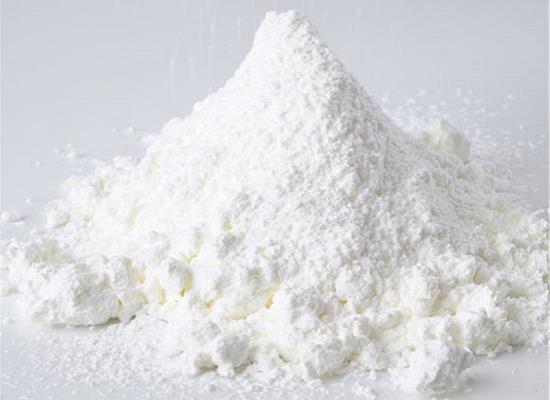
Figure 1. Pramoxine hydrochloride
Mechanism of action
Pramoxine hydrochloride is an active ingredient commonly used in topical medications for its local anesthetic properties. It works by blocking nerve signals that transmit pain sensations, providing temporary relief from itching and minor skin irritations. The mechanism of action of Pramoxine hydrochloride involves its ability to inhibit the initiation and conduction of nerve impulses. When applied topically, Pramoxine hydrochloride penetrates the skin and selectively targets the neuronal membranes. It binds to sodium channels located within the nerve endings, preventing the influx of sodium ions necessary for nerve signal transmission. By blocking the transmission of pain signals, Pramoxine hydrochloride effectively numbs the affected area, providing a soothing sensation and relieving itching and discomfort. This local anesthetic effect is particularly beneficial for conditions such as insect bites, sunburns, rashes, and minor skin irritations. Overall, Pramoxine hydrochloride's mechanism of action as a local anesthetic makes it a valuable component in topical medications aimed at alleviating itching and minor skin irritations. 1
Clinical applications
Pramoxine hydrochloride is a topical anesthetic that is commonly used in clinical settings. With its analgesic properties, it provides temporary relief from pain and discomfort associated with various conditions. This medication works by blocking nerve signals in the affected area, thereby reducing the sensation of pain. Pramoxine hydrochloride is frequently employed in dermatology for the management of skin irritations, including insect bites, sunburns, and minor cuts or abrasions. It helps to alleviate itching, burning, and stinging sensations, promoting comfort and facilitating the healing process. Additionally, it is utilized during medical procedures such as needle insertions, suturing, and minor surgical interventions to numb the skin and minimize patient discomfort. Apart from dermatological applications, Pramoxine hydrochloride is also employed in some rectal preparations to relieve symptoms associated with hemorrhoids, such as pain and itching. Its local anesthetic effects provide temporary relief and improve the overall well-being of patients. It is important to note that Pramoxine hydrochloride is intended for external use only and should not be ingested or applied to broken or infected skin. In conclusion, Pramoxine hydrochloride serves as a valuable tool in clinical practice for the temporary relief of pain, itching, and discomfort associated with various dermatological conditions and hemorrhoids. 2
Safety
When it comes to safety, Pramoxine hydrochloride has been extensively studied and is generally considered safe for use when applied topically as directed. It has a low potential for systemic absorption, meaning that it is primarily limited to the site of application and is unlikely to cause significant systemic effects. However, as with any medication, there are some precautions and considerations to keep in mind. It is important to follow the instructions provided by healthcare professionals or the product label. Overuse or misuse of Pramoxine hydrochloride can lead to adverse effects such as skin irritation or allergic reactions. It is also essential to avoid applying Pramoxine hydrochloride to broken, inflamed, or infected skin as this may increase the risk of complications. Additionally, it should not be used on large areas of the body or for an extended period without medical supervision. In summary, Pramoxine hydrochloride is generally safe when used as directed for temporary relief of pain and itching. However, it is crucial to use it responsibly and seek medical advice if any concerns arise. 3
Reference
1. Chou AK, Chiu CC, Han MM, Chen YW, Wang JJ, Hung CH. Intrathecal pramoxine causes long-lasting spinal sensory and motor block in rats. J Pharm Pharmacol. 2018 Apr;70(4):543-549.
2. Drugs and Lactation Database (LactMed®) [Internet]. Bethesda (MD): National Institute of Child Health and Human Development; 2006–. Pramoxine. 2020 Nov 16.
3. Fisher AA. The safety of pramoxine hydrochloride when used as a topical (surface) anesthetic. Cutis. 1998 Sep;62(3):122-123.
Related articles And Qustion
See also
Lastest Price from Pramoxine hydrochloride manufacturers

US $10.00/KG2025-06-27
- CAS:
- 637-58-1
- Min. Order:
- 1KG
- Purity:
- 99%
- Supply Ability:
- 10 mt
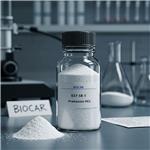
US $0.00-0.00/kg2025-04-21
- CAS:
- 637-58-1
- Min. Order:
- 1kg
- Purity:
- 0.99
- Supply Ability:
- 900kg

